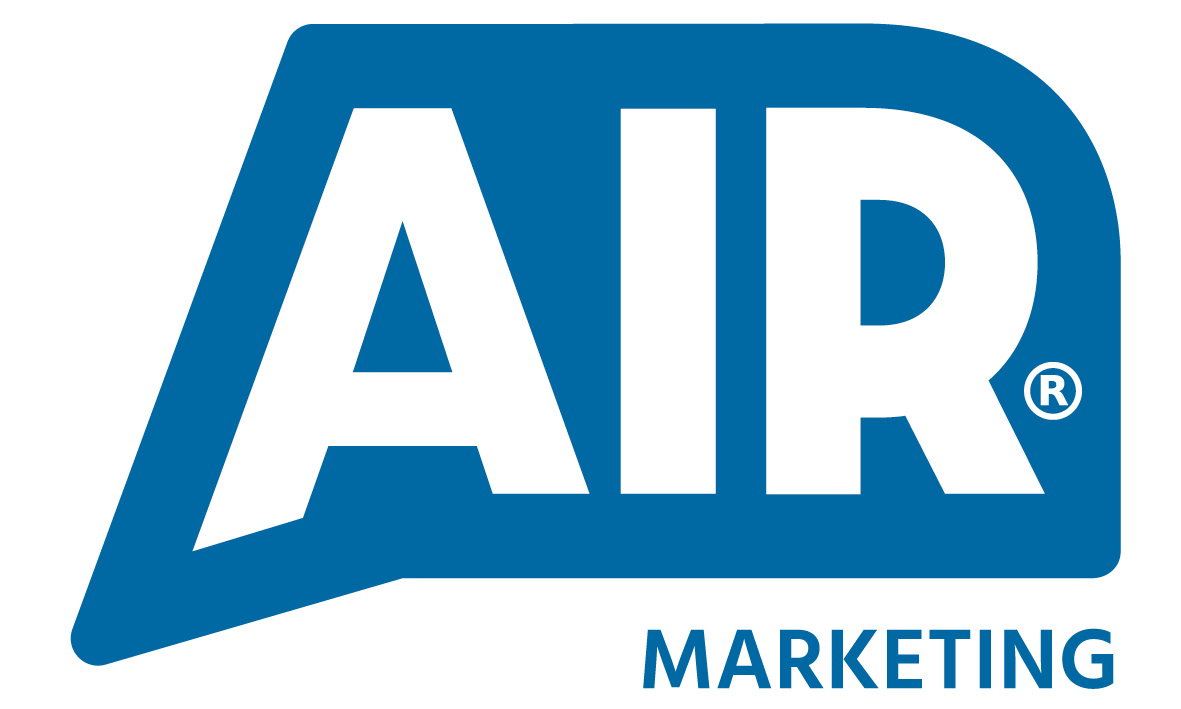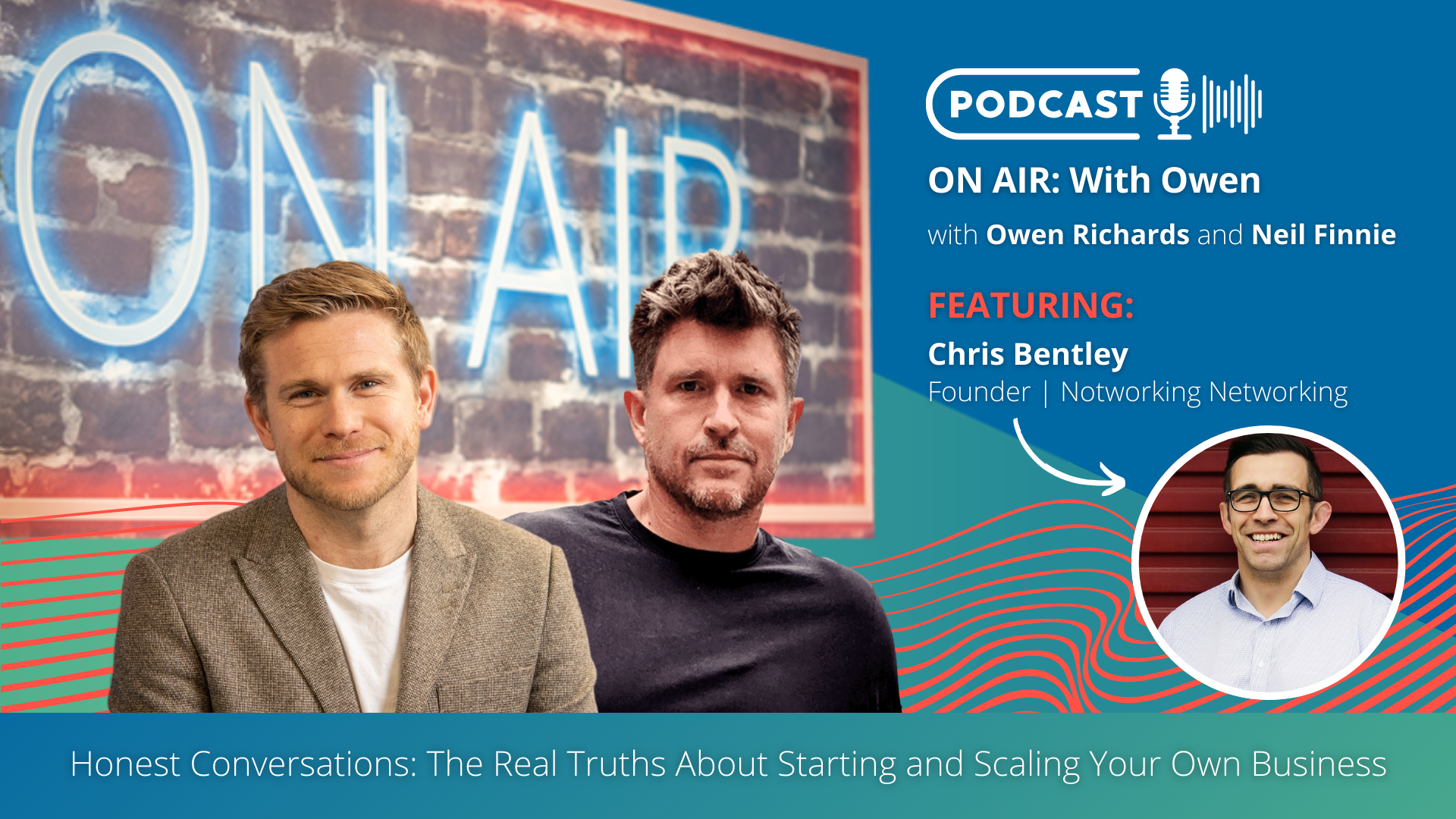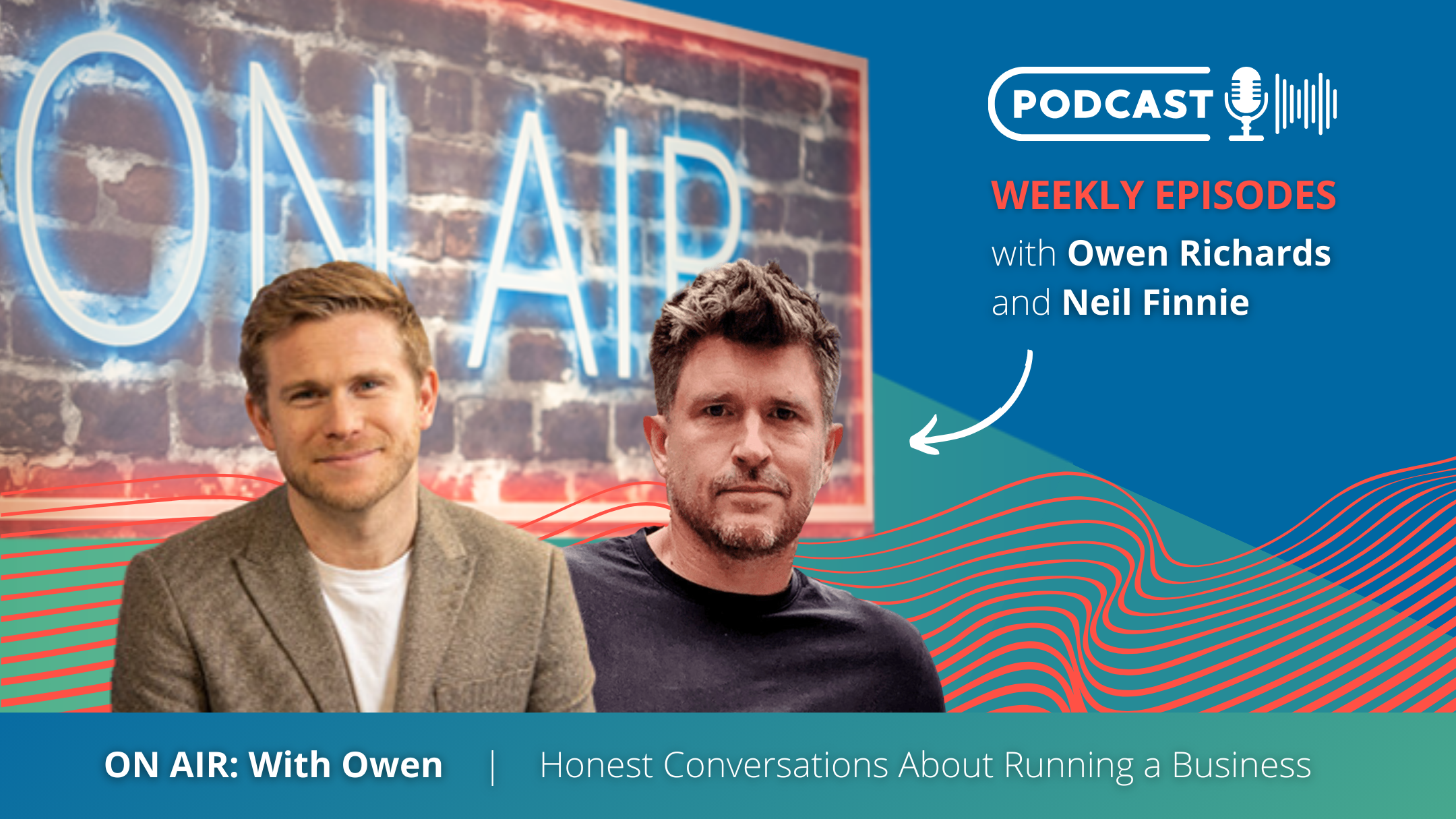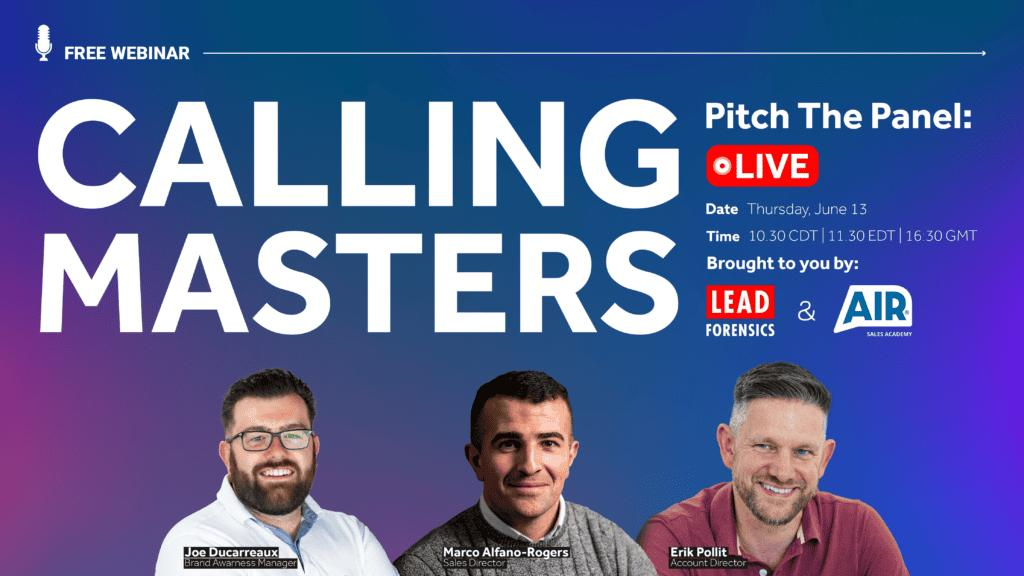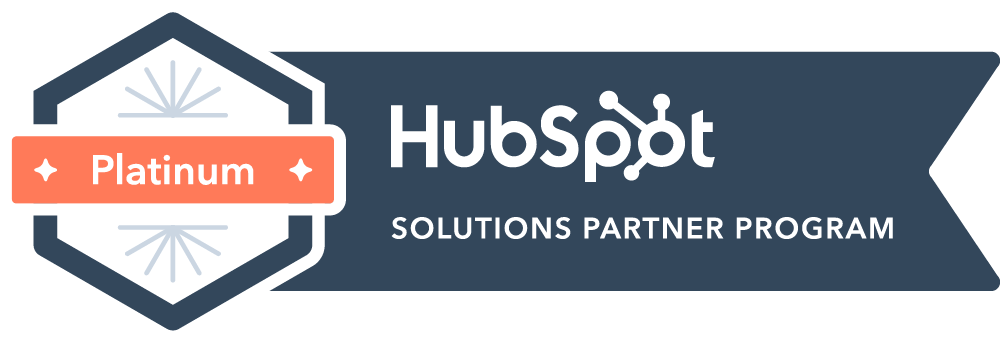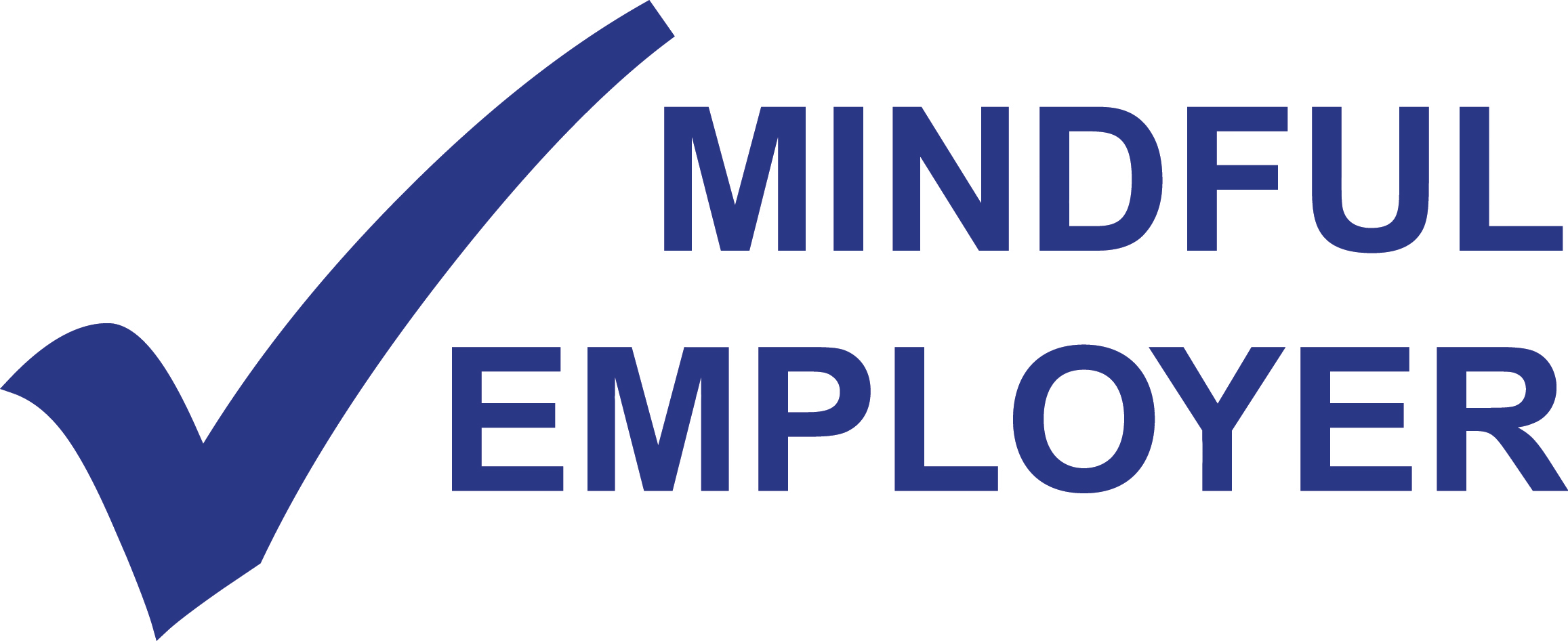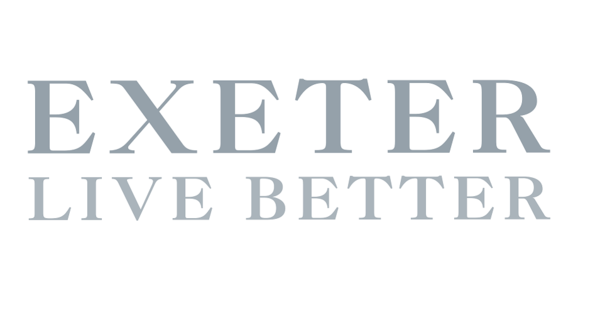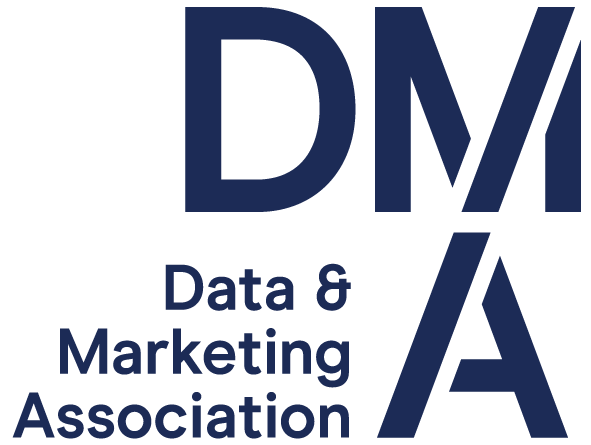Introducing our 91st episode of ON AIR: With Owen – our podcast series for honest conversations about starting and scaling your own business, hosted by our Founder & CEO, Owen Richards, and his new co-host, Neil Finnie.
Meet Your Hosts: Owen Richards and Neil Finnie
Owen Richards hails from Kent and began his sales career at Forrest Marketing Group in Sydney. After an 8-year stint, Owen returned to the UK and co-founded Air Marketing Group, growing it into a powerhouse offering specialist B2B sales and marketing solutions to businesses across the globe. Known for his relentless positivity and strategic foresight, Owen brings a wealth of experience and a knack for big ideas to the podcast.
Neil Finnie is your quintessential ‘wabi-sabi entrepreneur’ – flawed but beautiful in approach. With over 25 years of experience in nurturing businesses around his passions, from co-working spaces to professional development agencies, Neil’s unique perspective enriches our discussions, making each episode a treasure trove of insights.
What to Expect in this Week’s Episode
This week we’re joined by Chris Bentley, founder of The Notworking Networking Club – a disruptive events company that’s revolutionising networking with a strict no pitching rule.
Owen, Neil and Chris discuss:
- The Birth of The Notworking Networking Club: Discover the inspiration and vision behind the creation of this innovative networking community.
- Overcoming Event Management Hurdles: Chris delves into the challenges and triumphs in running an events company.
- Mastering the Art of Networking: Learn how Chris perfected his relationship-building skills to become a networking powerhouse.
- Defining Success: Chris explores what it means to him to be truly successful.
- Preview of The NOTTY’S Business Awards: Discover what’s in store for this year’s South West money can’t buy business awards.
Where and When to tune in
Catch new episodes every Wednesday:
Watch: On YouTube or via Air Marketing’s Knowledge Hub.
Listen: On Spotify, Amazon Music, Apple Podcasts, TuneIn + Alexa, Deezer, and more.
Join us as we dive deep into the dynamics of running a business in today’s fast-paced world. Whether you’re seeking inspiration or practical advice, our podcast is your gateway to becoming more adept in the business arena.
Warning: Contains swearing
